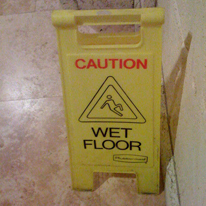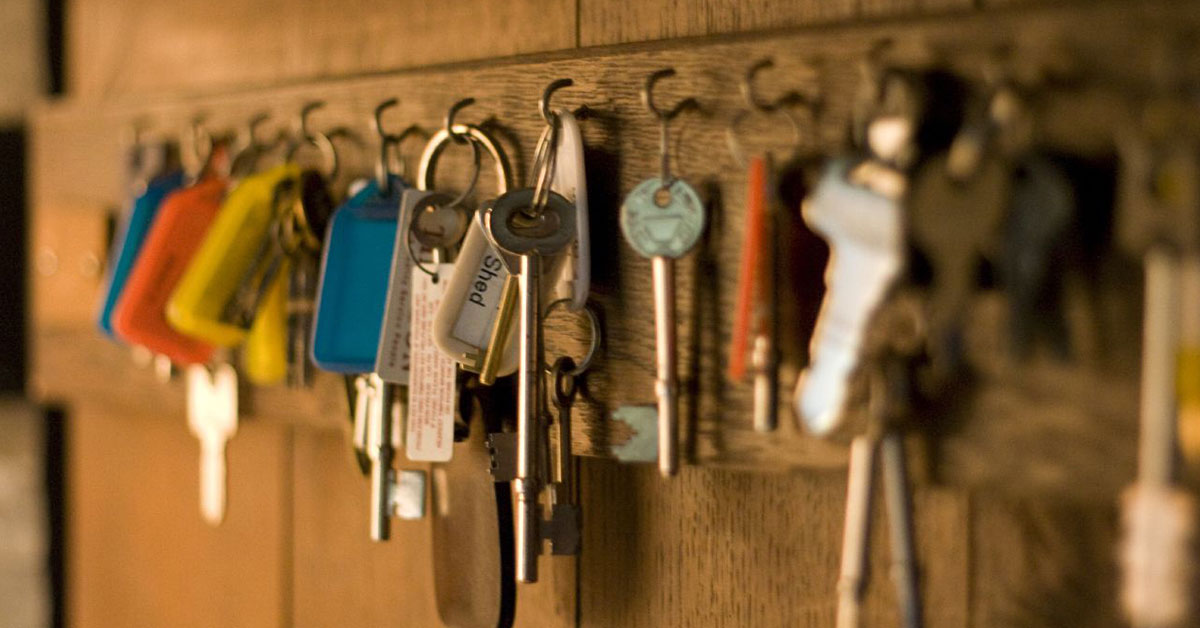This post is published in honor of National Flood Safety Awareness Week, which aims to educate and prevent people from the hazards and damages of floodwater.
When the water begins to rise, will you know what to do? Flooding is one of the leading natural disasters in the U.S. and has occurred in all 50 states. No home—even in low-risk areas—is safe from the possibility of a flood.
In addition, floods are destructive and costly. They cost an estimated six billion dollars in damage and take an average of 140 people’s lives every year in the U.S.
The 411 on Flooding
Floods transpire in a number of ways. Areal, riverine and coastal are all natural flooding occurrences. Bursting pipes, an overflowing boiler and clogged drainage systems can also cause flooding in individual homes.
Furthermore, floods can develop slowly or in a flash. Flash floods can rush water 10 to 20 feet tall in just a few minutes, which is not something you want to compete against.
Ensure safety for your home and family in the event of a flood with the following steps.
cost you tens of thousands in reparations.
If you are in the market to move, do your research about flooding in the area. Locate your county on the flood map to determine if the area is prone to water buildup.
When moving, remodeling or rebuilding your home, opt for materials that will diminish water damage. Closed-cell wall insulation, concrete slab floors, glass blocks for windows and metal doors make for increased protection.
Regular upkeep of your home is another way to prevent increased water damage. Be sure to clean gutters of any foliage or debris. Clogged gutters can contribute to water damage since they are unable to lead the water away from your home.
It is also a best practice to routinely check your home’s foundation. A compromised foundation can put you and your home at danger during or in the aftermath of a flood.
2. Leverage Security Technologies for Early Detection
Floodwater can begin to rise without warning and by the time you realize, your property could already be damaged.
Leverage technology to be alerted of a flood at its earliest stages.
Water leak sensors will detect rising water levels in flood prone areas of your home. These technologies work in the same way as a smoke detector; if water is present, the device will alert you and a monitoring center. Best vendors can equip your home with these sensors along with other security monitoring measures.
3. Safety First
Develop a plan with your family in case of a flooding emergency. Open communication is the best preemptive strike you can take to protect your family.
Put together an emergency kit. Compile a battery-powered radio, flashlights, bottled water and a three-day supply of non-perishable food. (Click here for more items to include in your emergency kit.)
Never go out into a flood; depth and current can be deceiving and dangerous. A best practice is to utilize the “turn around, down drown” (TADD) rule. Thirty-nine percent of flooding fatalities occur from driving in a flood, and 18% are due to walking through the water. Stay safe and out of the water.
Are you prepared for the possibility of a flood?
To learn more about flood prevention and damage mitigation, contact us.
Image Source: DVIDSHUB via Flickr



